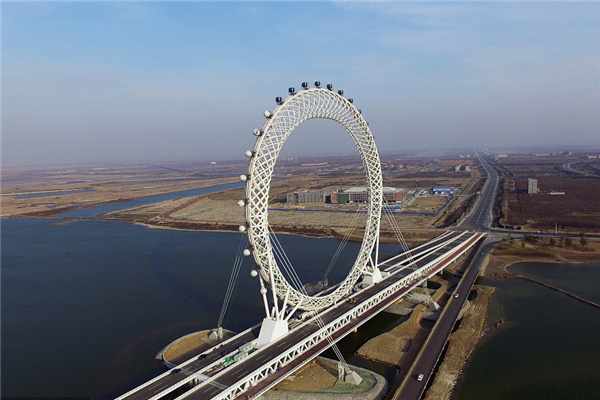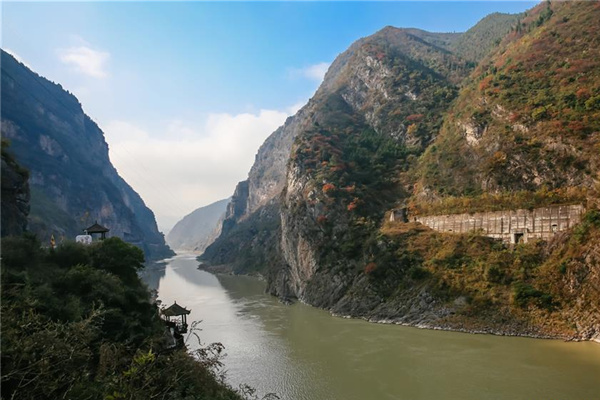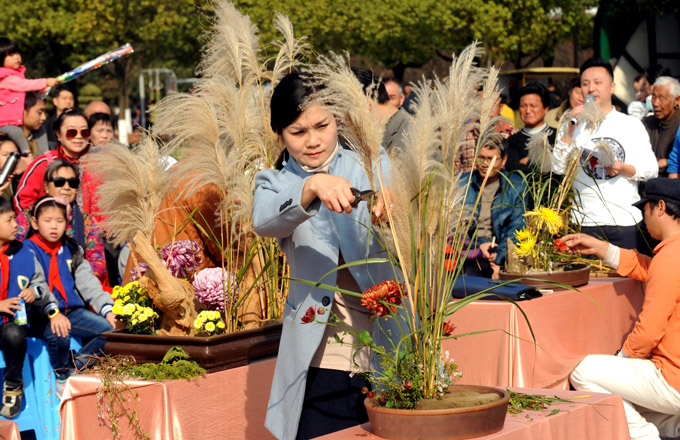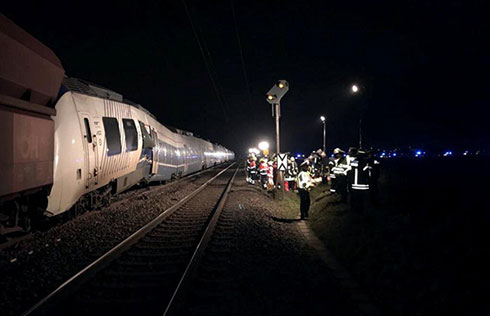

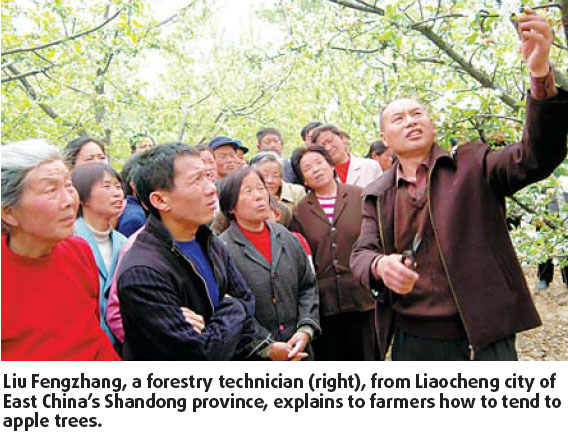
China has been faced with tremendous challenges in expanding its agriculture and feeding its population sufficiently and safely. It points to a need for more assistance, education and environmental enforcement and stewardship so farmers and rural residents can improve their lives and lands and help China in the process.
Labor shortage
The labor in the rural regions is aging. The Ministry of Agriculture said the average age of farmers nationwide was close to 50 during 2004-2006. And there will be no significant change in the trend as a growing number of young rural workers are continuing to leave the countryside to earn their livings in cities.
And the ones left behind as well as their fathers and grandfathers have poor or outdated agricultural knowledge and skills. Less than one third of the older farmers have received training even once a year to improve their farming skills. And only three out of 100 get three such opportunities yearly to improve their livelihood.
And as China strives to achieve goals set for 2020, less attention is paid to a policy package announced in March 2006 to help farmers and the rural poor improve their scientific literacy and ability to cope with technological changes. During the implementation of this package in recent months, rural residents have enjoyed far less benefits than the corporations.
The central government invested 1.1 billion yuan in 2007 in science training in rural areas and it is a 53 percent increase from 2006. But that means about five farmers, on average, can receive training worth $1 in 2007 assuming that there will be a 100 percent guarantee of no embezzlements in the process.
Pollution
China is facing a tough task in treating its soil and water pollution. The use of pesticides, fertilizer and weed killers has polluted many lands and water resources. And this is a threat to agricultural product safety. On one hand, according to the Ministry of Environment Protection, the country's soil suffers from pollution due to complex reasons and sources.
The ministry estimates that about 12 million tons of grain is polluted annually by heavy metals, resulting in direct economic losses of more than 20 billion yuan.
Unsafe agricultural products and health problems caused by soil pollution are appearing with greater frequency. A database of unoccupied polluted areas in cities, such as former industrial sites, is planned in order to give local authorities a tool to determine how such land should be used.
Constraints
The resource restrictions on agricultural development are also getting tight.
Drought and the lack of water are hindering agricultural development in many regions.
The construction of irrigation facilities is lagging behind. The quantity and quality of arable land are both decreasing.
Support for the development of agricultural technologies is not sufficient. The central government has reiterated in a number of documents that China cannot afford to have less than 120 million hectares of farmland.
The country's stock of farmland currently stands at 122 million hectares. Protecting farmland has become a top priority.
But the protection of farmland should never come at the expense of the farmers. Behind the rampant illegal use of farmland for non-agricultural projects is the reality that farmers get more from leasing their fields than from growing crops on them.
Only when farmers can really benefit from farming their fields will they welcome and respect the policy of protecting arable land.
So, apart from punishing those local government leaders and real estate developers who circumvent the land approval procedures by renting land from villagers, the government must also draft policies to give villagers incentives to grow crops in their fields.
Natural disasters
Natural disasters such as drought and floods are a regular feature in China, making it hard to maintain a steady increase in grain production.
And climate change and global warming have worsened the situation. For this year, 259 million mu of China's farmland (14 percent of the total) had been hit by drought, according to the State Flood Control and Drought Relief Headquarters.
The northern region has been hit by the most severe drought in five years and the drought has spread fast and many areas are facing challenges in releasing stored water to offset the shortage.
CBW News
(China Daily 05/19/2008 page3)


